All About Couscous
Couscous…so good they named it twice! We often eat couscous as a side dish and a fast alternative to pasta or rice. It’s a funny name, and people always wonder what this dish is.
Rice? A grain? I’ll admit that I couldn’t have guessed what couscous is either.
It is a versatile and ancient staple of North African cuisine, has earned its place in kitchens worldwide. Often mistaken for a grain, couscous is a form of semolina wheat that is finely ground and steamed to create tiny, light pellets.
Its origins are traced back to the Berber people of Morocco, where it has been prepared and enjoyed for centuries. Today, couscous is celebrated for its ability to absorb flavors, making it an ideal base for a wide variety of dishes, from savory stews to fresh salads.
This humble ingredient is not only a culinary favorite for its texture and taste, but also for its ease of preparation. Whether served as a side dish, incorporated into a main course, or enjoyed as part of a light lunch, couscous offers endless possibilities. Its quick cooking time and ability to complement a range of spices and vegetables make it a staple in everyday meals and special occasions.
In this post, the journey of couscous from its North African roots to its global popularity will be explored, along with tips on how to prepare and enjoy this delicious and nutritious food. Prepare to discover the simplicity and versatility of couscous in your own cooking.
What Is Couscous?
Who would have thought that it is just another form of pasta? Nutritionally, couscous is similar to spaghetti—both contain two grams of dietary fiber and have about the same amount of calories (200) per serving.
Many people think that couscous is a grain. Still, the base of both couscous and particular pasta (like spaghetti and macaroni) is semolina, a course wheat middling of durum that is yellow.
The traditional way of making couscous is a pretty cool process. Instead of combining the semolina with water and egg to make a dough for pasta, couscous is produced by moistening it with a bit of water or oil between your hands until it crumbles into tiny granules or pearls.
Traditionally, the couscous grains are dried and steamed in a pretty intricate steaming vessel—known as a couscoussiére—to be served as a base or side dish.
How to Prepare It
I don’t know about you, but I don’t have a couscoussiére around my kitchen. But the good news is that instant couscous is readily available to be bought commercially. After buying it from a grocery store, it’s quick and easy to reconstitute couscous.
You must combine 1 ½ cups of water with every cup of couscous plus a half teaspoon of salt. Next, add the couscous before the water has boiled. Unlike pasta, couscous should never be boiled!
The water should be very hot but not boiling. Let sit for five minutes until the grains have swelled. Lastly, don’t forget to fluff the couscous once it’s done to prevent it from sticking together.
Commercially produced couscous, available as regular or whole wheat, is a complicated process. I linked a video below so you can see how it’s done.
Making your own couscous at home with a food processor is possible, but it takes some practice to achieve the perfect grain size. However, if you have a couscoussiére at home, you can make perfect couscous as prepared in some of the finest restaurants.
What’s the difference?
When you use instant couscous and add water, you extract some of the starch, causing the grains to stick together. Using a couscoussiére ensures a moist and fluffy result. Check out this excellent video by Williams-Sonoma on making it at home.
How to Serve It
Think about the actual taste of pasta without any sauce—pretty bland, right? Couscous is the same way, which is why it’s typically served underneath a more flavorful meat or vegetable dish or sweetened with raisins.
It is nice and light, and I like it mixed in with a summer salad of cucumbers and tomatoes or stuffed into hollowed-out peppers.
It can be served as a side dish, as I did with my Veal Scallopini and Artichokes, or you can create your dish by adding ingredients to make an excellent curried couscous.
Where Does It Come From?
Some argue that it is a traditional meal from Trapani, a city on the west coast of Sicily, but it is generally attributed to originating in North Africa. Couscous is the traditional dish of the Berbers, the ethnic group of North Africa, who named the dish from their language to mean “well rolled” or “well formed.”
Couscous is a principal meal for Moroccans, Algerians, and Tunisians. The development of wheat farming in the 11th century spread the popularity of couscous to become a widely appreciated taste and texture, with many local variants worldwide.
The traditional North African serving of couscous uses lamb chops or skinless chicken pieces with chickpeas and various spices.

Moroccan Israeli Lebanese
Types of Couscous
I discovered that there are three main types: Moroccan, Israeli, and Lebanese.
Moroccan couscous tends to be the tiniest grain and cooks the quickest. Most of us are familiar with this type of couscous, which is the most readily available.
I like the Israeli or “pearl” couscous, which takes a little longer to cook because the pellets are about the size of peppercorns. I bought an Israeli-style couscous blended with orzo, baby garbanzo beans, and red quinoa and used it as a side dish for my roasted Cornish Game Hens meal this past week.
Lebanese couscous grains are larger than the Israeli pearls and cook slowly, similar to risotto. I have never tried cooking with Lebanese couscous, but I just purchased some and will try it and let you know.

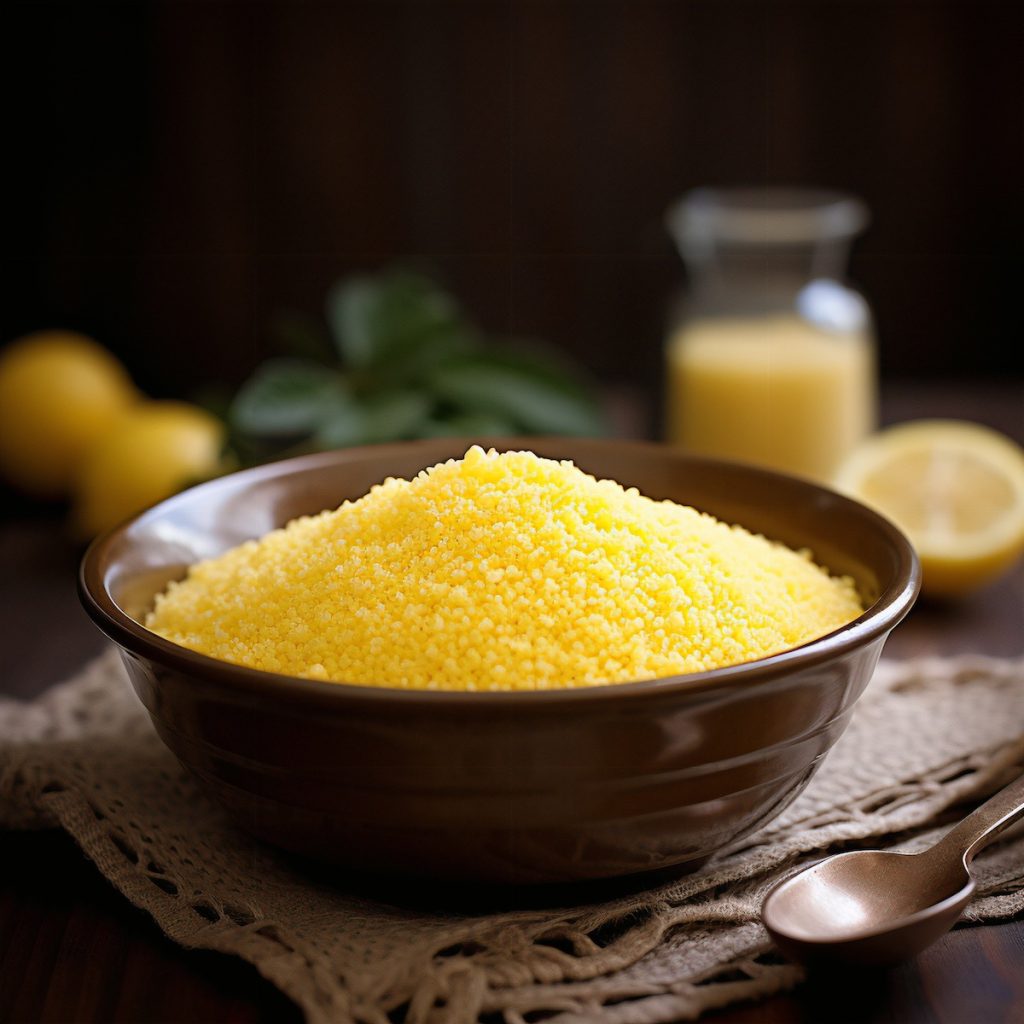




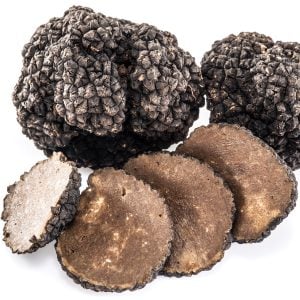
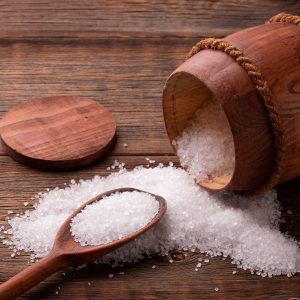
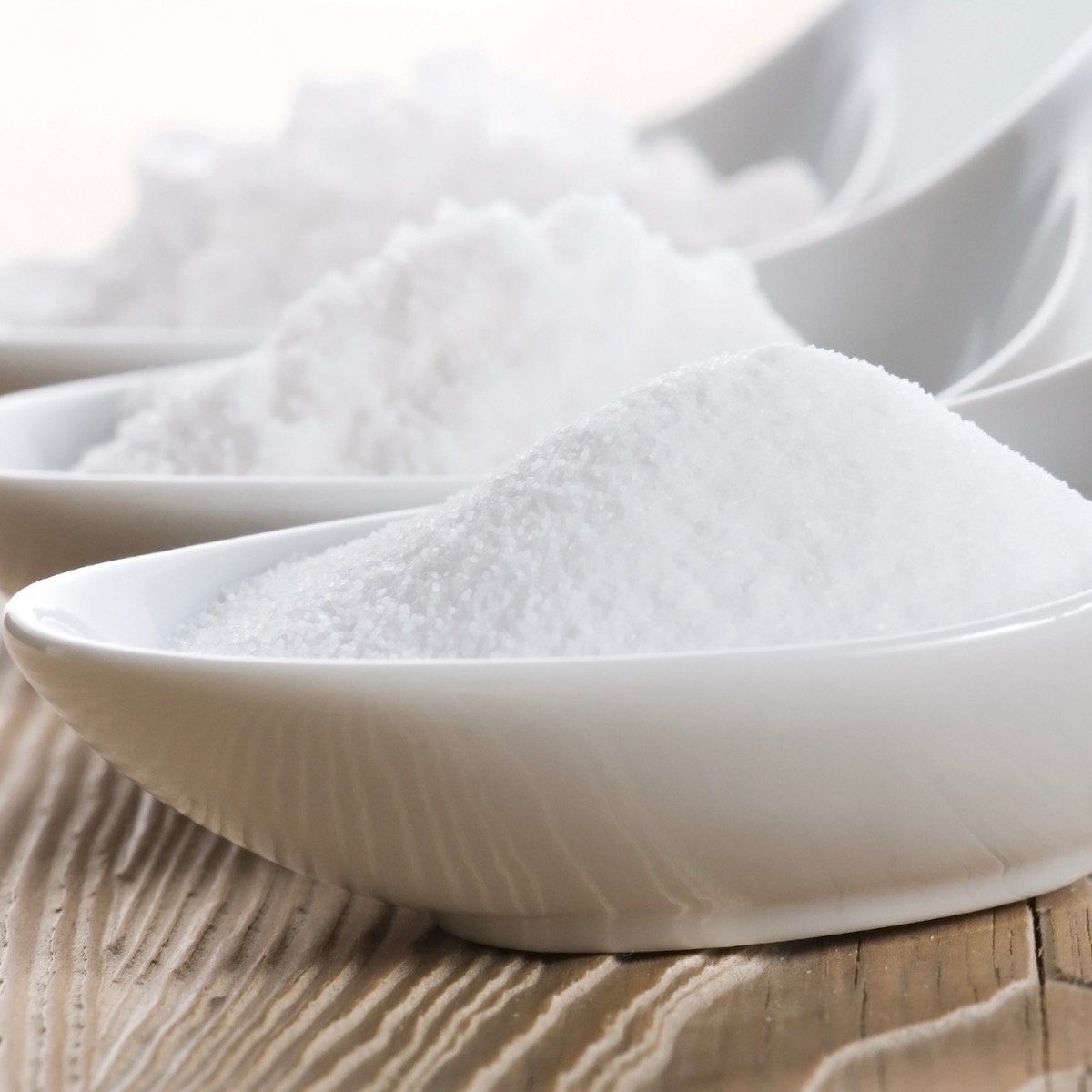
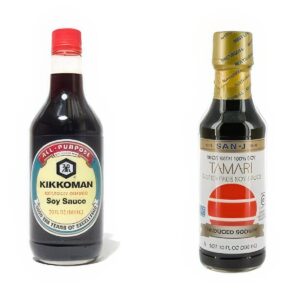
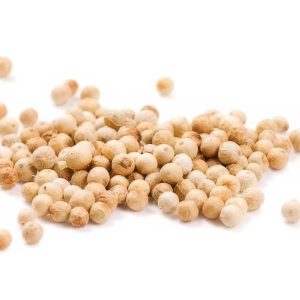

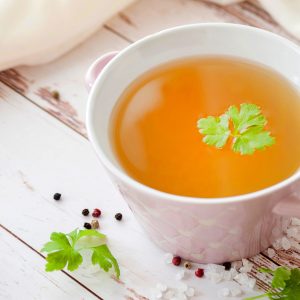
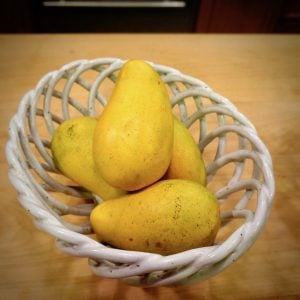


4 Responses
hello I like this article about couscous since it is my favorite food. I am from Algeria and it is our national food. I like to tell you that there are more than these 3 types in Algeria by itself. the larger type that you are talking about has another name here it is berkoukes and the name changes from city to another. couscous is sometimes made of barley and other grains. couscous may be eaten sweet with dates honey or grapes and milk as it may be eaten with fish meat chicken vegies and other preparation.
Thanks Meriem for sharing that information.
Couscous is not “Moroccan”, it is the national dish of ALL North African Berber that belongs to the civilization of wheat, and that is why it is not found in the Arab countries of the Middle East, who are more eaters of rice than wheat eaters. Numidia (ancient Algeria), where the vast high plains of wheat are found, was called ” the granary of Rome.”
What you call Israeli couscous is called barkoukiche, there is no more Berber as a dish, just like couscous.In Algeria where it is manufactured in factory it is sold under the name of ” petits plombs ” in french language ( small lead ).
It is the French repatriated from Algeria in 1962 which made known couscous in France where it became the second favorite dish of the French.I suppose that “Israeli couscous” was reported by Algerian Jews in Israel in the same way.
DZ, thank you for your informative information about couscous. Very interesting.